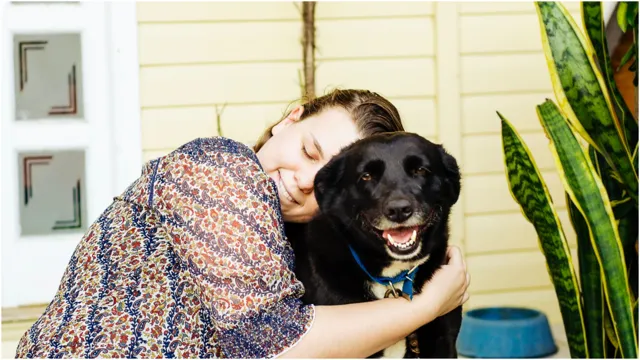How to Identify and Get Rid of Fleas In Dogs

Dogs are beloved pets that bring joy and companionship to our lives, but they can also bring uninvited guests into your home. Fleas are one of the most common parasites that affect dogs, and they can cause severe itching, discomfort and even serious health issues if left unchecked. This is especially tough for households with several dogs and for those considering becoming registered breeders. Knowing how to identify a flea problem in your dog is essential for keeping them healthy and happy.
How To Identify a Flea Problem
The first step in identifying a flea problem in your dog is to look for signs of activity. Fleas feed on their host’s blood, so if you notice your dog scratching or biting at its skin more than usual, this could be an indication that fleas are present. You should also inspect your pet’s fur for any black specks or pepper-like grains; these could be flea droppings, which appear as small black dots when dried. If you find any of these signs on your pet, it’s likely that fleas are present.
Another way to identify a flea problem is by checking for flea eggs on your pet’s fur or bedding. Flea eggs can often be seen with the naked eye. They look like small white specks and tend to cling to fabrics such as carpets or furniture upholstery. If you find any of these eggs on your pet or its bedding, it’s likely that you have an infestation on your hands.
If you suspect a flea problem in your dog but don’t see any evidence of activity, another way to check is by using a flea comb. This tool can help you spot adult fleas or their larvae on your pet’s fur – simply brush through the coat and then examine the combed material for any dark spots or crawling insects. If you see anything suspicious while using the comb, it may be time to take quick action.
Finally, one of the best ways to tell if there is a flea problem in your home is by checking yourself for bites after being around your pet or its bedding. Fleas will bite humans if given the opportunity; while they usually prefer animal hosts over humans, they may still bite us if we come into contact with them. If you have been bitten after spending time around your pet or its bedding, this could indicate a serious infestation and should prompt immediate treatment from an experienced pest professional.
Identifying a flea problem in dogs isn’t always easy, but it’s essential for keeping them healthy and happy! Being able to detect early warning signs before things get too out of hand will make it much easier to get rid of a flea infestation.
How To Get Rid of Fleas
To get rid of fleas on your dog and in your house, there are several steps that you can take.
Vacuum All Surfaces
Vacuuming is one of the most effective ways of getting rid of fleas. Make sure that you vacuum all carpets, upholstery, furniture, and flooring that may be harbouring these pests. Pay special attention to any areas where your pet likes to rest or sleep as these areas will likely have the highest concentration of fleas. Be sure to empty the vacuum cleaner immediately after use as this will help prevent any eggs from hatching inside the bag.
Wash Bedding Regularly
It is important to wash all bedding regularly (at least once a week) in hot water (at least 55°C). This will kill any larvae or eggs that may be present in the fabric. Also make sure to launder pet beds, blankets and other fabric items that may have been exposed to fleas.
Use Flea Shampoo on Your Pet
To remove fleas directly from your dog or cat, you should use a specially formulated shampoo designed for killing fleas as well as their eggs and larvae. These shampoos contain insecticides that can kill adult fleas while also breaking down the egg cycle so new ones cannot hatch. When using shampoo on your pet make sure you follow all instructions carefully.
Apply Flea Medication To Your Pet
There are many topical medications available which contain insecticides that target adult fleas when applied directly onto the skin of your pet’s neck or back area between their shoulder blades. Be sure to read all directions before applying this medication in order to ensure proper use and safety for both yourself and your pet.
Use Insecticides With Care
If vacuuming and washing do not seem effective enough at eliminating a large number of fleas from your home, then it might be necessary to apply an insecticide spray throughout each room in order to kill off adult insects as well as larvae and eggs. To ensure that you get all the larvae and eggs, spray around dark, hidden places such as crevices around baseboards or underneath furniture legs.
Be sure to read all labels carefully before using these products in order to avoid any potential toxicity issues with pets or people living in the home. By following these steps you should be able to successfully eliminate a large portion of any existing infestation while also preventing infestations from occurring again in the future. Even after taking all these measures, it is important to continue regular vacuuming and laundering practices to maintain cleanliness in your home. This will go a long way towards keeping any unwanted guests out!




